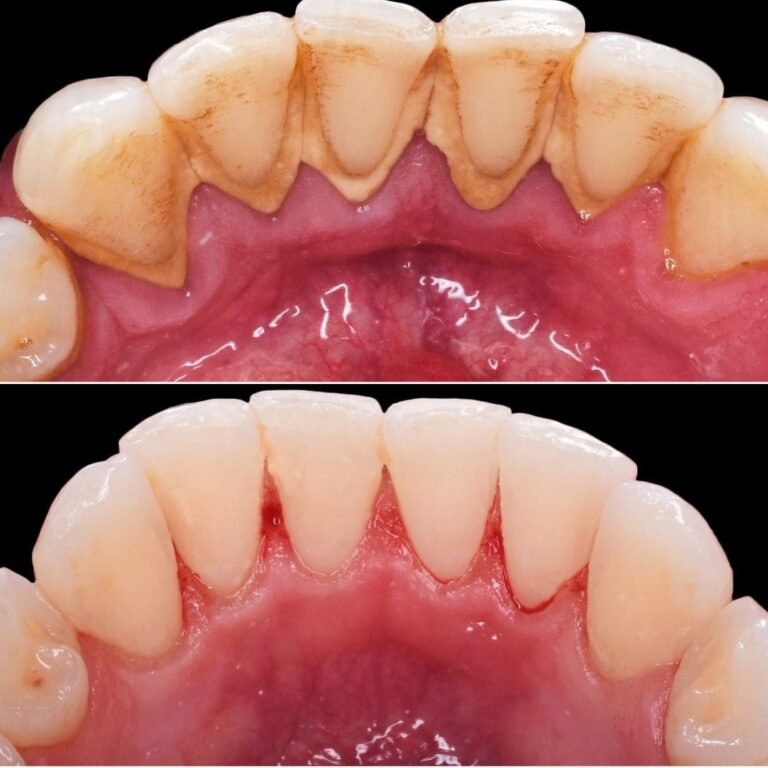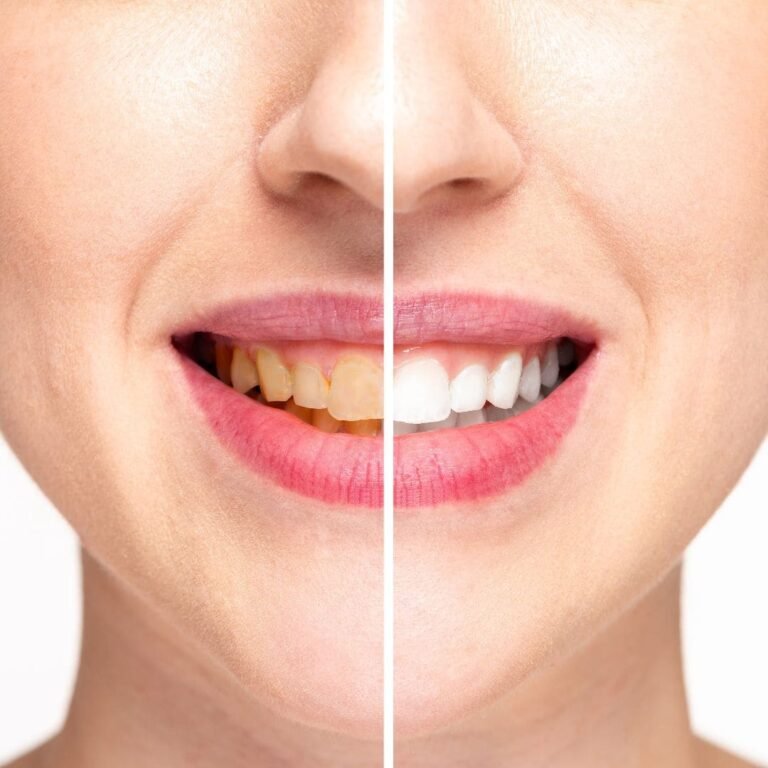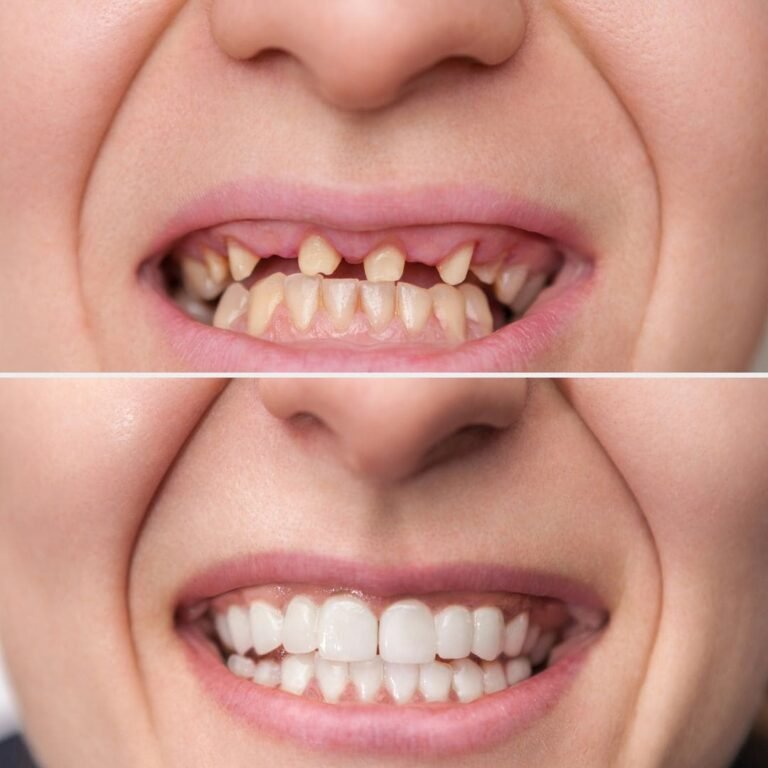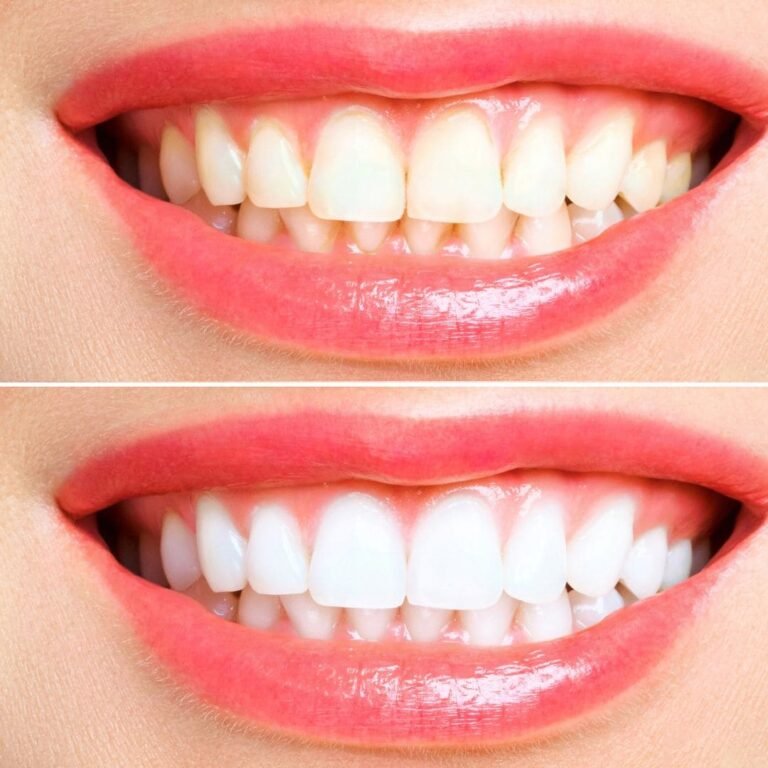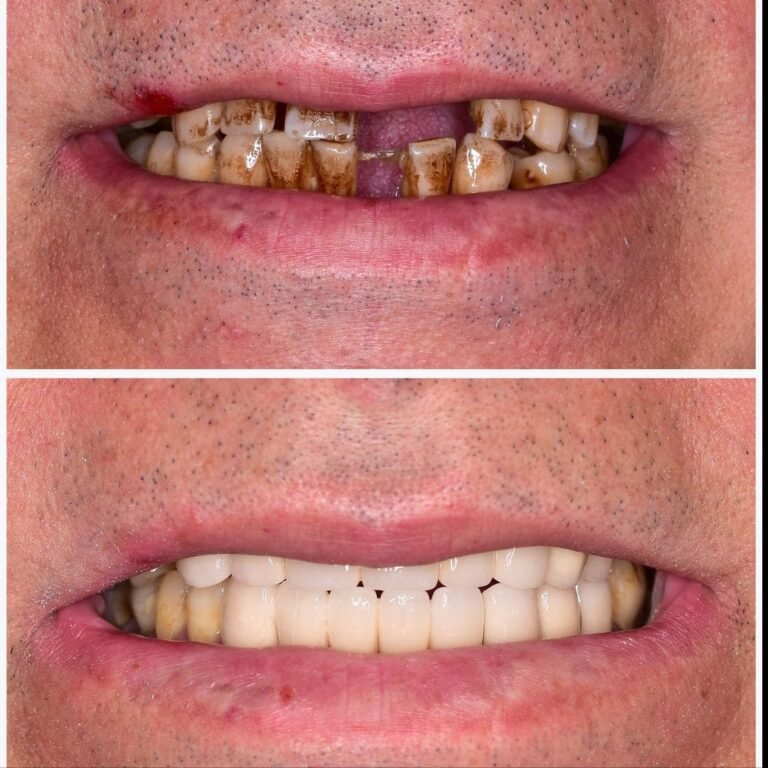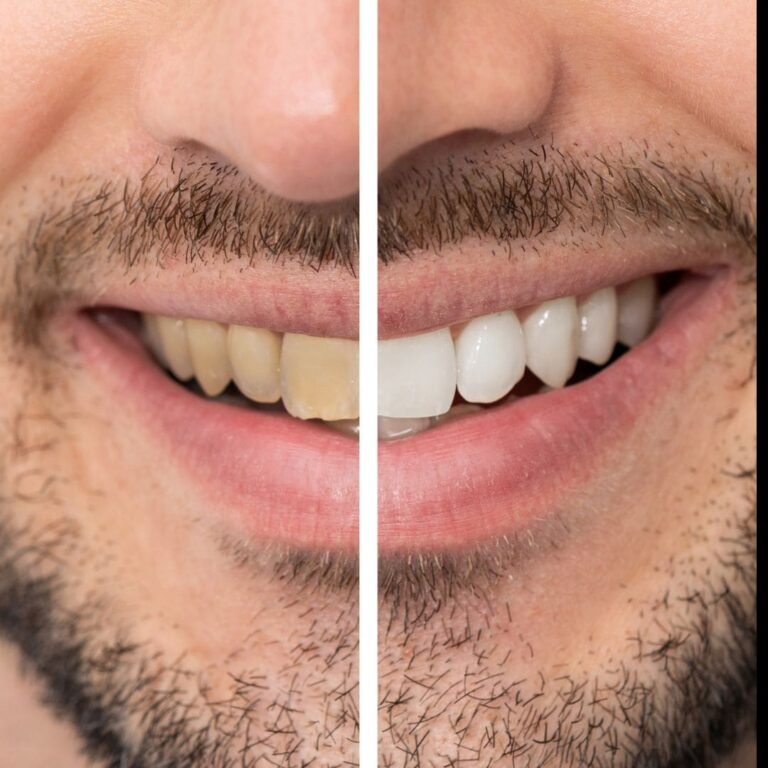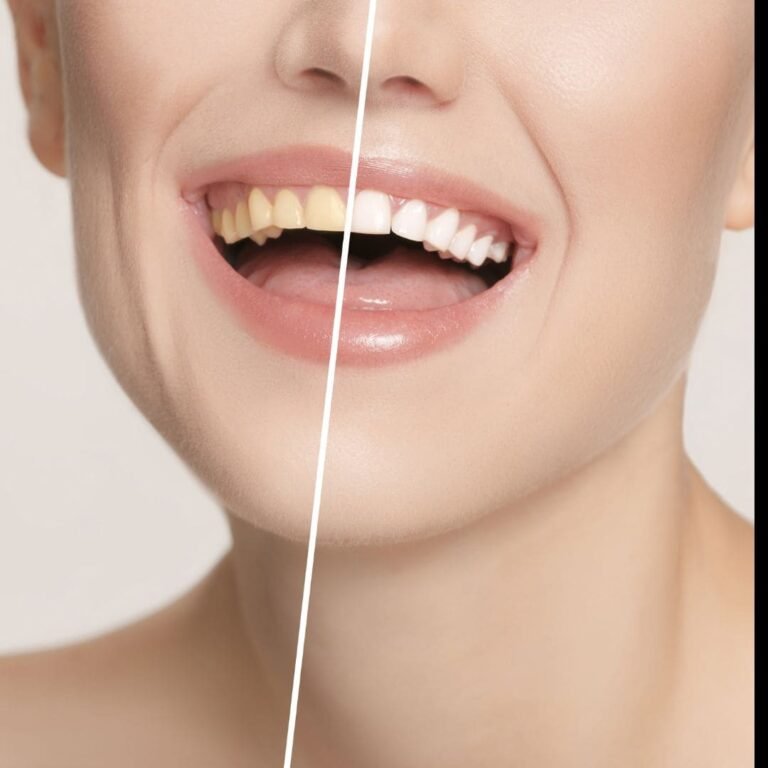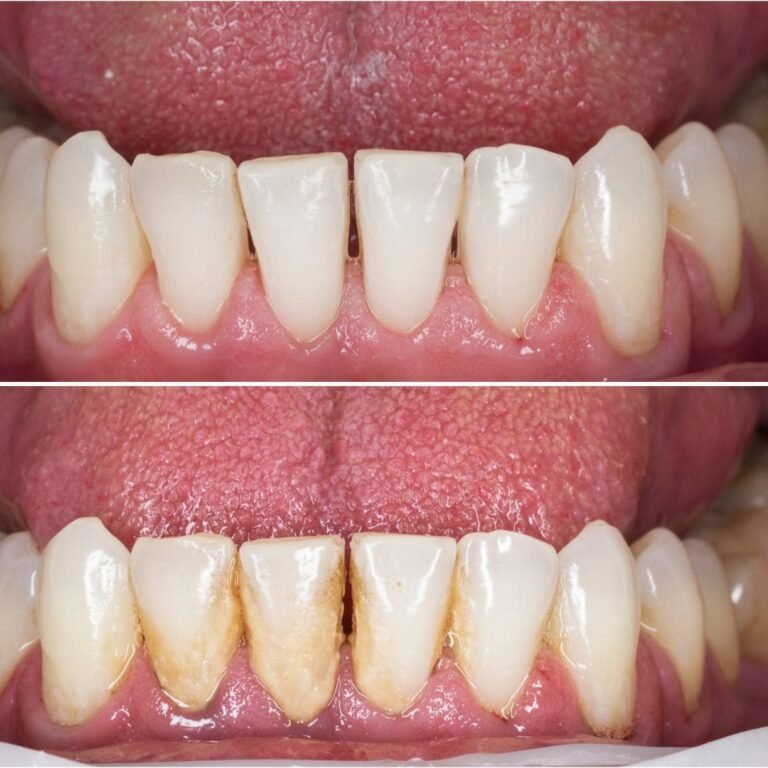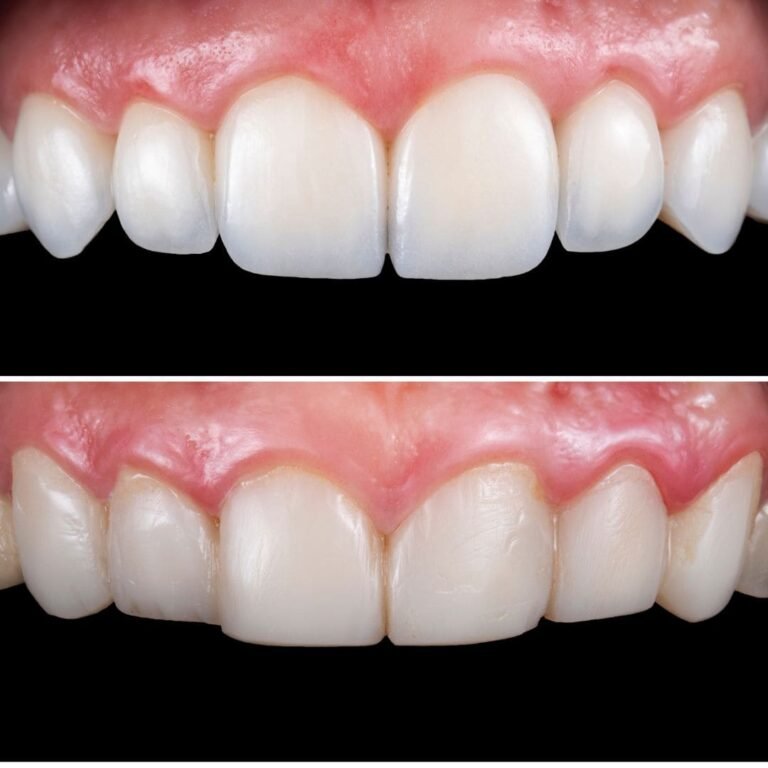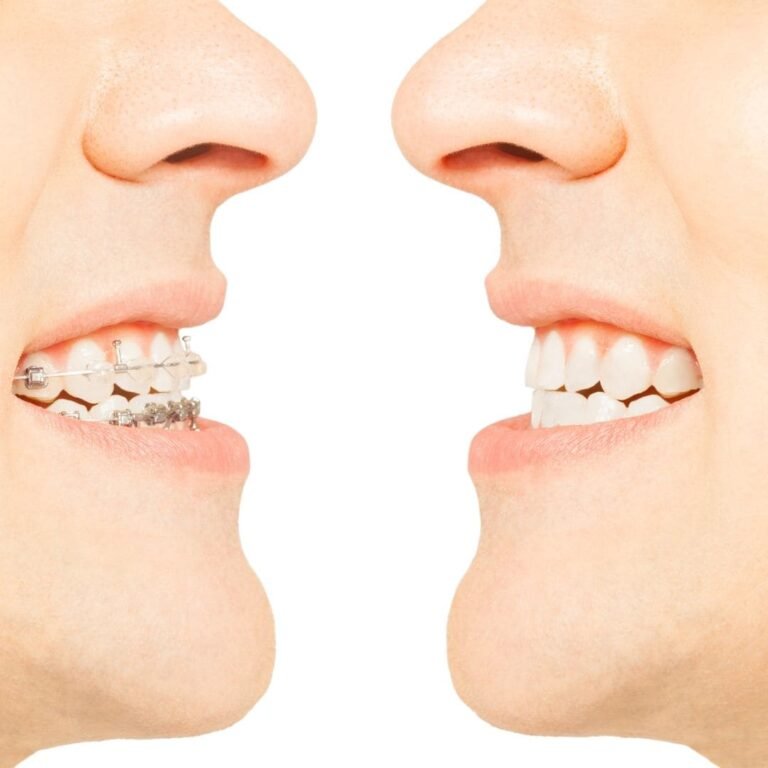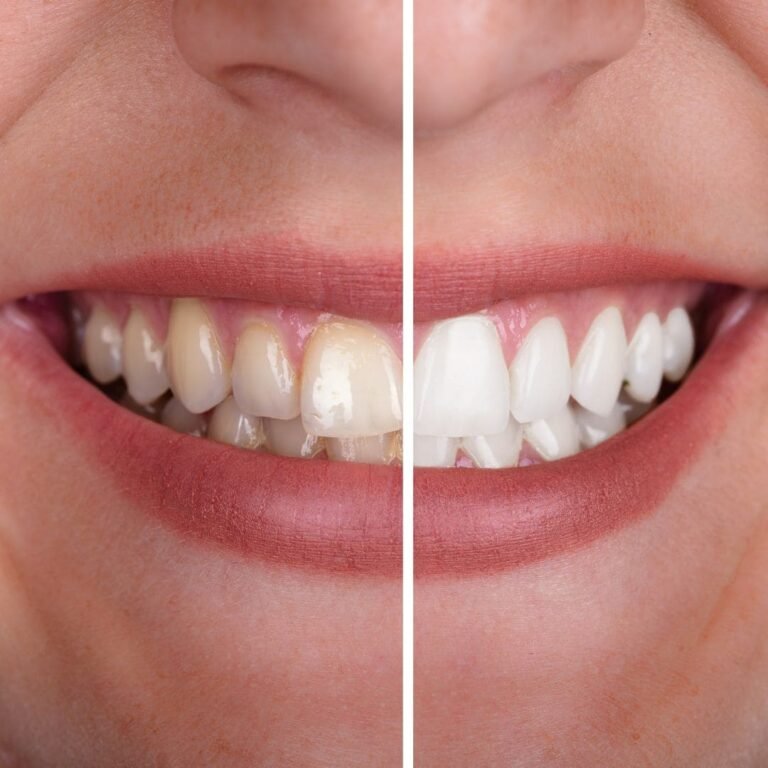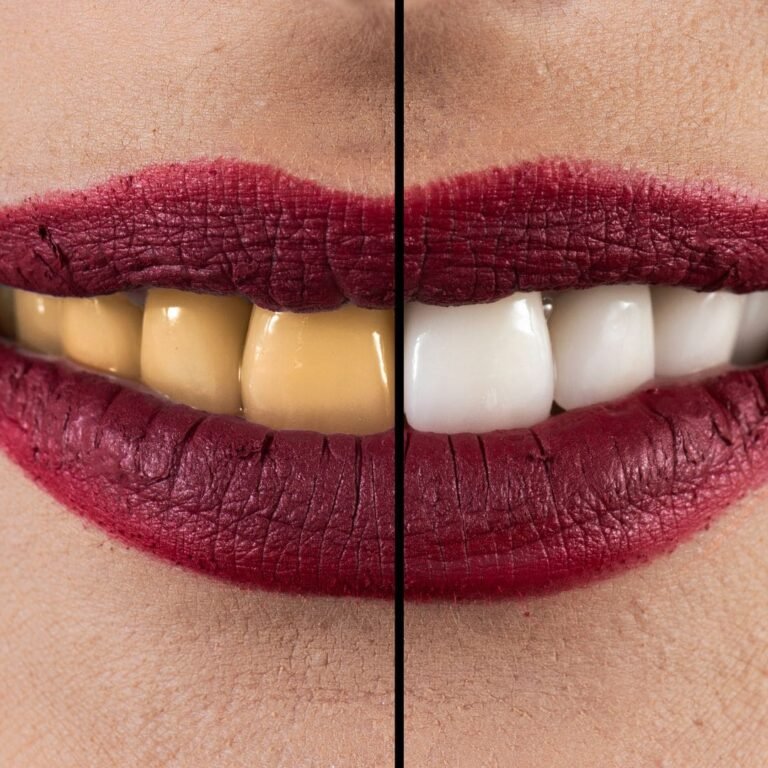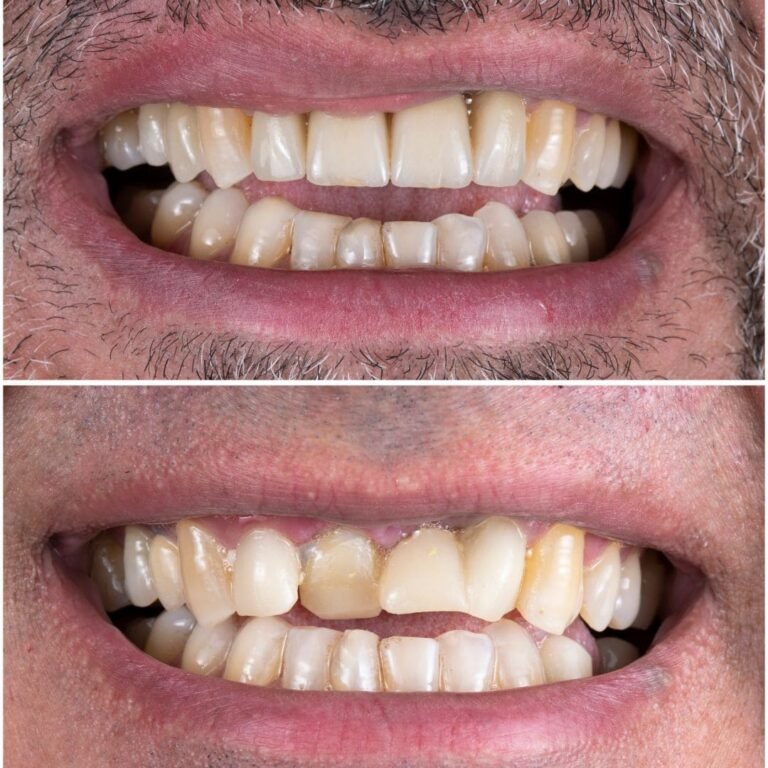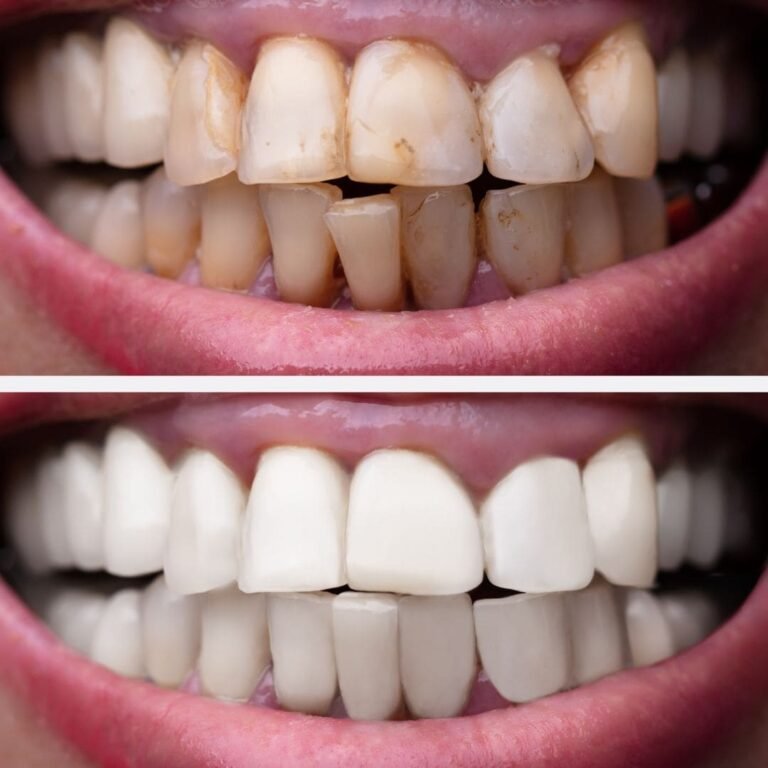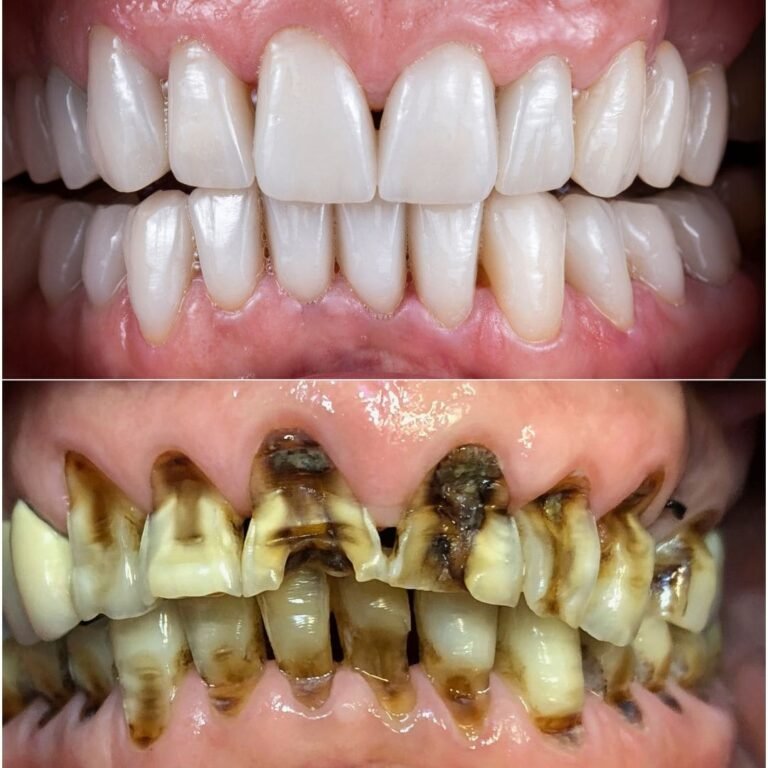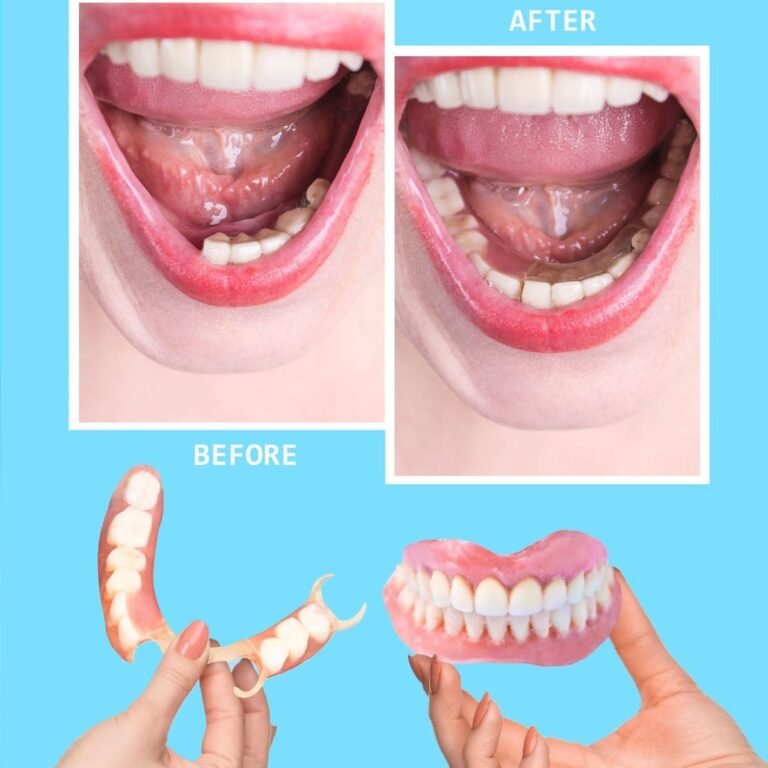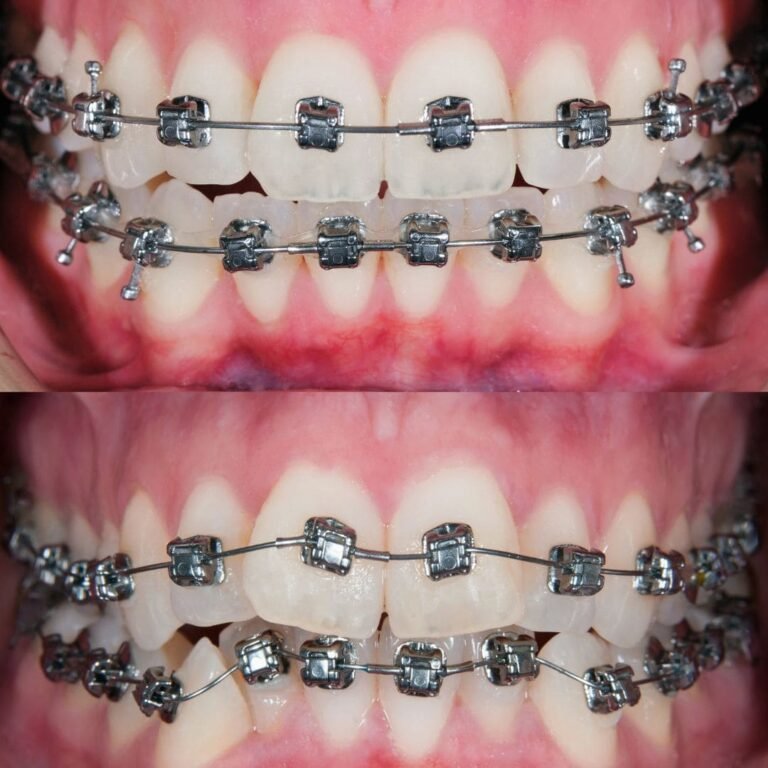Dental Braces in Santa Clarita, CA
Ready for a Healthy Smile? Contact Us Today!
Happy Stories
EXCELLENTTrustindex verifies that the original source of the review is Google. So many great things to say about Castaic Dental! The staff-Amazing! The Dentist-Amazing! They’re honest and really care about your dental health. The office is clean, they always play good music which helps me relax .. if you’re looking for a trustworthy dentist look no further.. This is it.Posted onTrustindex verifies that the original source of the review is Google. Castaic Dental Center is an excellent dental office. Dr Charu and her staff are helpful, respectful, and patient:) Dr Charu always answers all my questions and concerns about current and future dental work. Dr Charu is the best!Posted onTrustindex verifies that the original source of the review is Google. I’ve been going here for over 25 years it’s the bestPosted onTrustindex verifies that the original source of the review is Google. I had an amazing experience with the doctor. I had a filling done After a root canal and felt no pain whatsoever.Posted onTrustindex verifies that the original source of the review is Google. I recently visited Castaic Dental and couldn’t be happier with my experience. Right from the moment I walked in, I was impressed by the clinic’s immaculate hygiene standards — the place is spotless, with sterilization and safety protocols clearly a top priority. It instantly put me at ease, especially in today’s times when cleanliness is non-negotiable. The entire team is incredibly professional and courteous. They take the time to explain procedures in detail, making sure you’re comfortable and informed every step of the way. Dr. Charu Aggarwal is not only skilled but also genuinely caring, ensuring that each treatment is as painless and stress-free as possible. What stood out most was the value for money. Dental treatments can often be expensive, but Castaic Dental offers top-quality care at very reasonable prices, without ever compromising on quality. It truly feels like you’re getting premium service at a fair cost.Posted onTrustindex verifies that the original source of the review is Google. Dr Charu and her staff is the best. Best dental experience and no over selling. Highly recommendedPosted onTrustindex verifies that the original source of the review is Google. Visited on 7th July 2025 I had a great experience on my recent visit. Charu did an outstanding job with the cleaning — everything was spotless and well-maintained. She was extremely courteous, professional, and clearly experienced in her work. Truly appreciated her attention to detail and positive attitude. Highly recommended!
Get a Dazzling Smile Now
Call Us Today To
Book An Appointment
Your Oral Health Matters to Us
What are Dental Braces?
Orthodontists treat crowded or crooked teeth with a wire-based apparatus. Also, they realign crooked jaws. We refer to this apparatus as dental braces. In most cases, orthodontic braces are used by early adolescent patients. But grownups can also benefit from them. Aligning the jaws and teeth properly is the primary objective of dental braces. This facilitates a healthy bite and a beautiful grin. There are options for clear aligners or invisible braces if the correction required is minimal. These are customisable and detachable options.
Why Are Dental Braces Done?
For a variety of dental issues, dental braces are used. They are frequently used inorthodontic therapy. Here are some reasons why people wear dental braces:
- Too much space between teeth: This is when there are gaps between the teeth. This can make it difficult to chew and speak.
- Overcrowding or crooked teeth: This is when the teeth are too close together or are not straight. This can also make it difficult to chew and speak.
- Tooth overlap: This is when the teeth overlap each other. This can make it difficult to bite and chew.
- Underbite: This is when the lower jaw juts out too far. This can make it difficult to bite and chew.
- Misalignment of the jaw: This is when the jaws do not line up correctly. Pain and discomfort may result from this.
What are the potential risks of using dental braces?
Dental braces are an increasingly common orthodontic method for realigning teeth and jaws. They may come with risks. even if they can greatly enhance your cosmetic appearance and dental wellness.
Short-Term risks associated with Dental Braces
- Loss of minerals from the teeth: Braces can make it more difficult to keep your teeth clean, which can lead to a loss of minerals and tooth enamel.
- Gum diseases: If you don’t maintain good oral hygiene while wearing braces, you may develop gum diseases like gingivitis or periodontitis.
- Tooth decay: Food particles can get trapped in and around braces, increasing the risk of tooth decay.
Long-Term risks associated with Dental Braces
- Shorter root lengths: In some cases, wearing braces for a prolonged period can lead to shorter root lengths.
- Loss of correction: If you don’t wear your retainer as directed after your braces are removed, your teeth may gradually shift back to their original position.
To minimize these risks:
- Brush your teeth and floss regularly, especially after meals.
- See your orthodontist for regular check-ups.
- Wear your retainer as instructed.
- Avoid eating hard or sticky foods that can damage your braces.
How to Reduce the Risk of Damaging Your Teeth
A key aspect of your general health is your teeth. Maintaining the health of your teeth could help you avoid several issues. These include dental decay, gum disease, and tooth loss. Here are some pointers to lessen the possibility of tooth damage:
- Reduce your intake of starch and sugar-rich foods and beverages. Such foods can cause dental decay.
- Brush your teeth regularly and carefully. Food fragments and plaque that might lead to cavities are eliminated in this way.
- Rinse your mouth after eating. By doing so, any residual food particles are helped to disappear.
- Use fluoride toothpaste. Your teeth become stronger thanks to fluoride.
- Floss regularly. Flossing helps to clean between your teeth, where your toothbrush can’t reach.
- Avoid sticky foods. Sticky foods can cling to your teeth and lead to cavities.
- Avoid extra crunchy or hard foods. Your teeth may get damaged by particular foods.
- Visit your dentist regularly. Your dentist can check for any signs of tooth decay or other problems.
- Follow the instructions given by your dentist strictly. Your teeth’s continued health will be enhanced by doing this.
What are the preparations for Dental Braces?
Preparations for Dental Braces
Before getting dental braces, you’ll need to go through a few preparations. This ensures that your treatment goes smoothly.
What preparations are done prior to Dental Braces Fixation?
- Oral exams: Your orthodontist will examine your mouth to assess the condition of your teeth and jaws.
- X-rays: X-rays help to determine the position of your teeth and any underlying issues.
- Plaster model: You’ll bite into a plaster model to create an impression of your teeth.
- Potential tooth extraction: If your mouth is overcrowded, you may need to have some teeth extracted to make room for the braces.
- Other orthodontic procedures: Depending on your specific needs, you may require additional procedures, such as tooth filing or palate expansion.
What are the components of Dental Braces?
Dental braces consist of several components working together to achieve the desired results.
Key Components of Dental Braces:
- Brackets: These are little, square-shaped devices that are glued to the front surface of your teeth. They serve as anchors for the other braces’ parts.
- Bands: Your molars are encircled by these metal rings. They provide a solid base for the brackets on these teeth.
- Wire: The bands and brackets are threaded with a flexible wire. It progressively realigns your teeth by applying pressure on them.
- Rubber bands or tiny metal ties: These fasteners attach the wire to the brackets and keep it in position.
- Headgear: To help treat significant overbite or underbite, headgear may occasionally be administered in addition to braces. It guides the jawbones into correct alignment by gently pressing on them.
- Temporary Anchorage Device (TAD): Through surgery inserted into the mandible, a TAD is a tiny metal screw. It provides additional support and anchoring for the dental braces, especially in severe cases.
How much would dental braces in Santa Clarita, CA cost without insurance?
Brace costs can be significantly impacted by insurance. In the Santa Clarita, CA, braces cost significantly less for people with insurance. Everybody has a unique scenario. Let us start by discussing the typical price of braces in the absence of insurance. Here is how much braces cost without insurance.
Metal braces can cost between $2500 to $7500.
Clear braces can cost between $3500 and $9000.
Self-ligating braces can cost between $4500 and $8000.
Lingual braces can cost between $8500 and $13500.
How much would dental braces in Santa Clarita, CA cost with insurance?
You may be curious about the cost of dental braces if you have insurance. The cost of dental braces is often partly covered by insurance. Some insurance providers may pay for it entirely. It is crucial to note, nevertheless, that not all insurance plans will pay for every orthodontic equipment. You should first confirm that the plan you have covers orthodontics before estimating the price of dental braces with your insurance company.

